Technical diving, often carried out in challenging underwater environments like caves, deep waters etc, requires highly skills and dive abilities also rich exprience. Ocean Plan's Underwater Communication and Navigation System (UCNS) is designed to meet the demanding needs of technical divers, enhancing safety, operational efficiency, and collaboration in extreme conditions.
Technical diving often takes divers to extreme depths or into caves with limited visibility, where traditional communication methods sometimes could be limited. Ocean Plan's UCNS provides real-time underwater communication through wireless text messaging and SOS alerts, ensuring divers can stay in touch even in the most isolated locations. The system supports real-time positioning, which allows surface personnel to monitor divers' movements and quickly respond in emergencies.
Navigating in complex environments like underwater caves or deep waters requires precision. Ocean Plan's system features 3D underwater navigation, providing divers with accurate guidance to reach specific targets or return to the surface safely. The system's ability to support diver-to-diver communication and real-time location tracking significantly improves teamwork, which is crucial in high-stakes technical diving operations.
In technical diving, effective team coordination can mean the difference between mission success and failure. Ocean Plan's UCNS facilitates seamless communication among dive teams, ensuring divers, dive masters, and surface personnel are always in sync. Whether it’s for deep diving, cave exploration, or complex underwater rescue, the system's flexibility and ease of use enable divers to focus on their tasks while the technology handles critical operational needs.
1). Sardinia, Italy - Mediterranean Sea Diving Mission
In collaboration with industry experts in Sardinia, Italy, Ocean Plan's system was tested in challenging Mediterranean waters, with waves up to 2 meters and depths of 38 meters. Divers were equipped with Navygator-Pro and Navygator-M devices, which facilitated smooth operations, including two-way communication, underwater positioning, and navigation. The system's real-time tracking ensured all divers' safety, even when separated by considerable distances. The system received high praise from local diving professionals for its reliability and user-friendly interface.
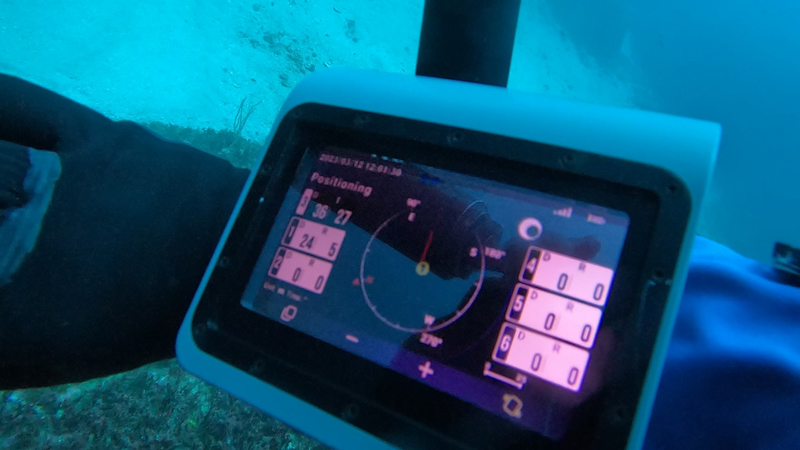
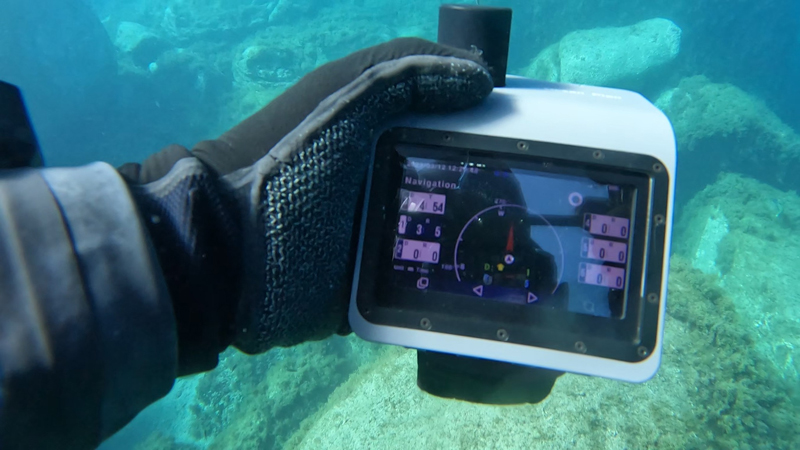
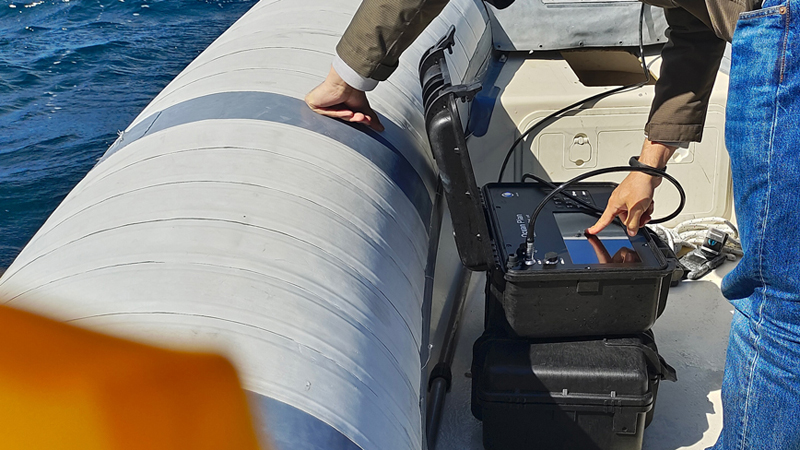
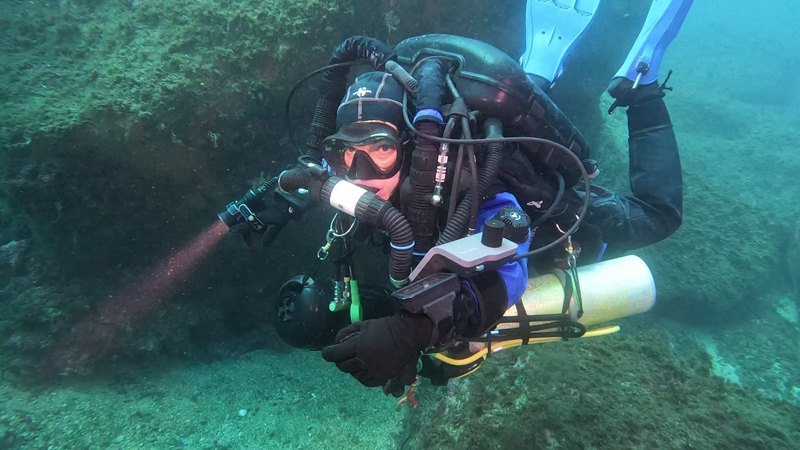
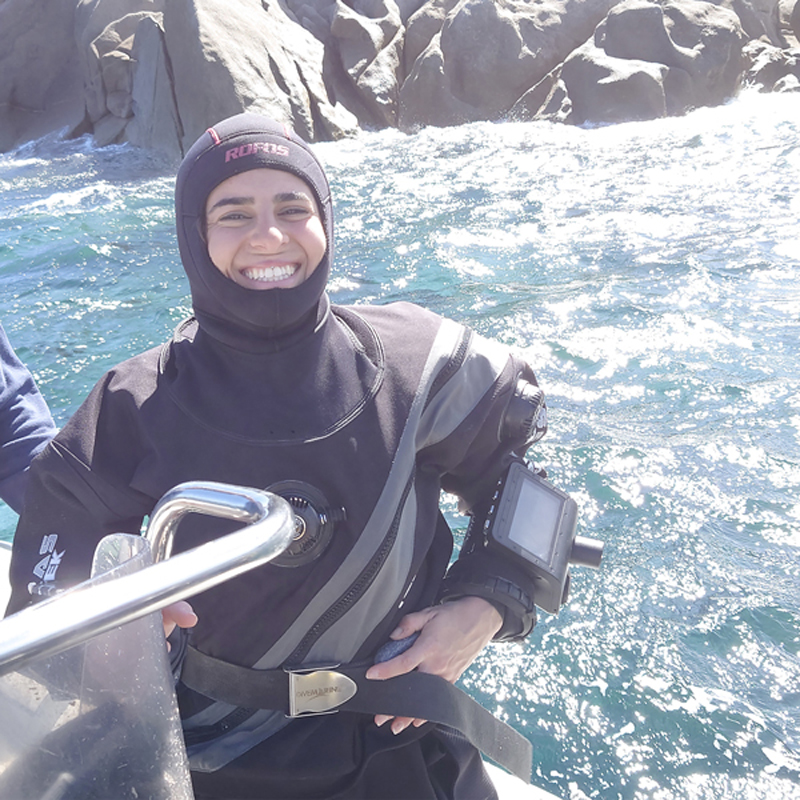
2). Technical divers explore the mine
In complex underwater mine exploration missions, Ocean Plan's dive navigation computer Navygator - Pro is carried by technical divers onto professional underwater propulsion, providing real-time underwater positioning capabilities for the DPV and helping diving teams efficiently conduct underwater activities in low visibility turbid waters.
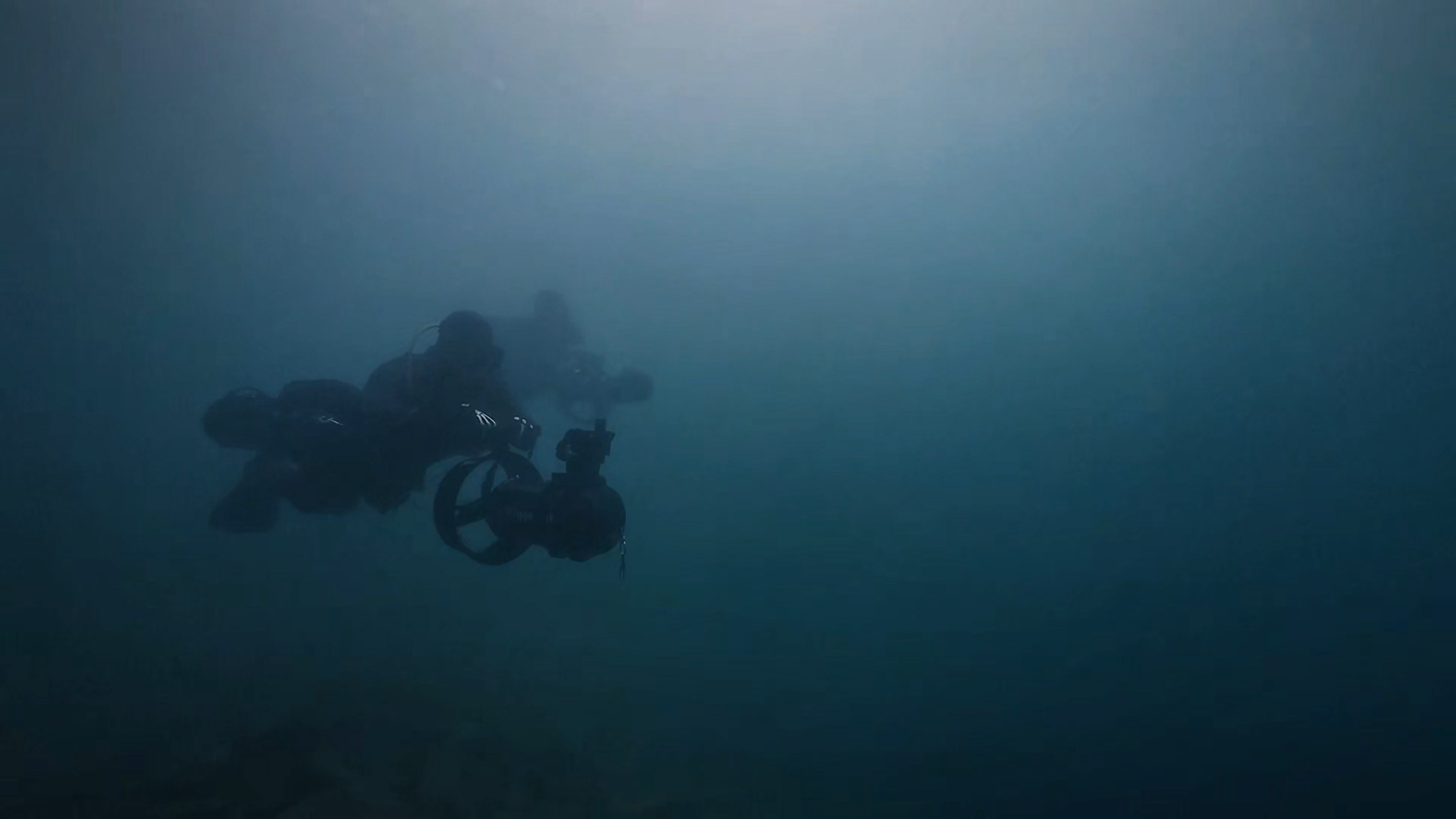
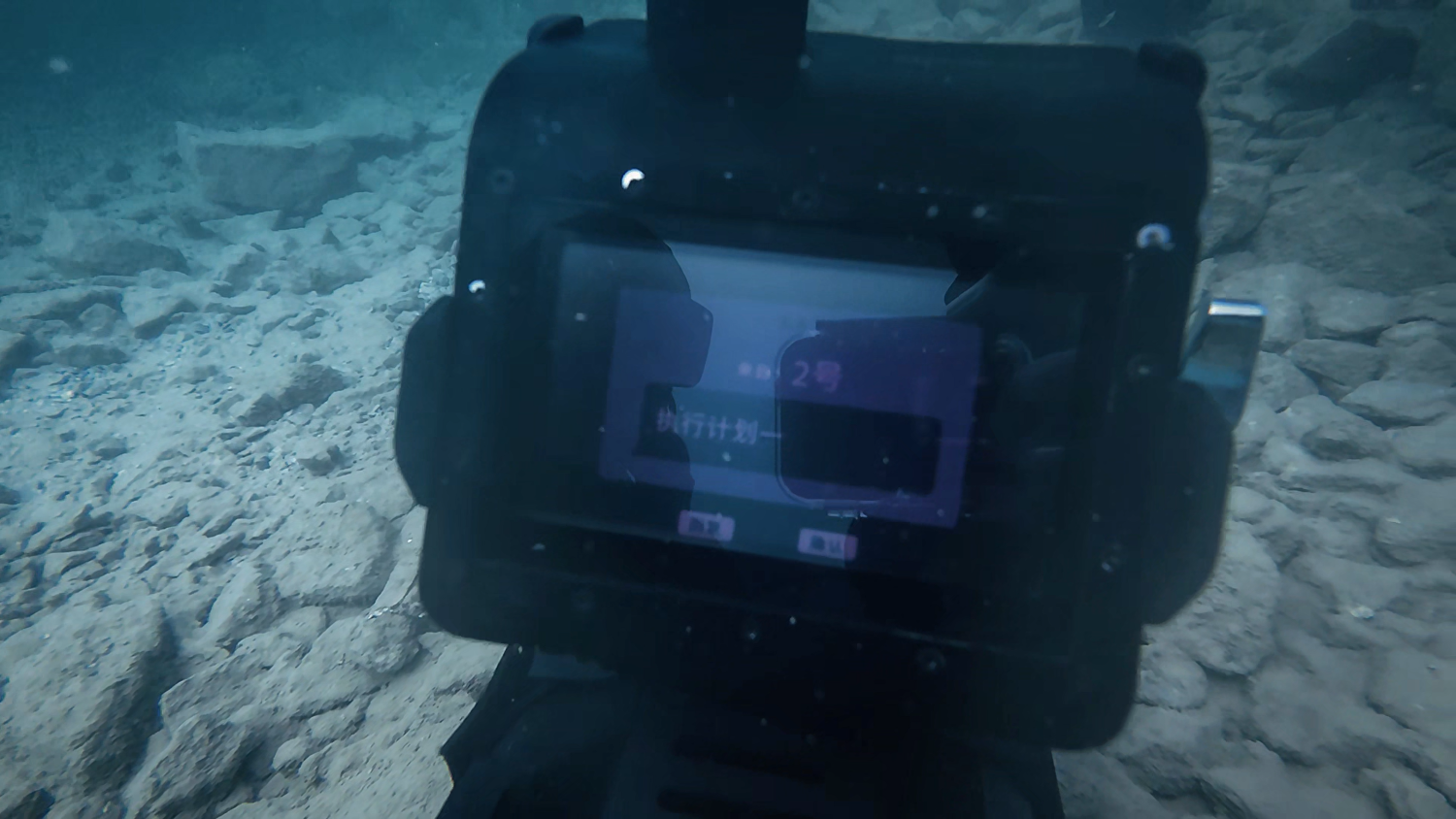
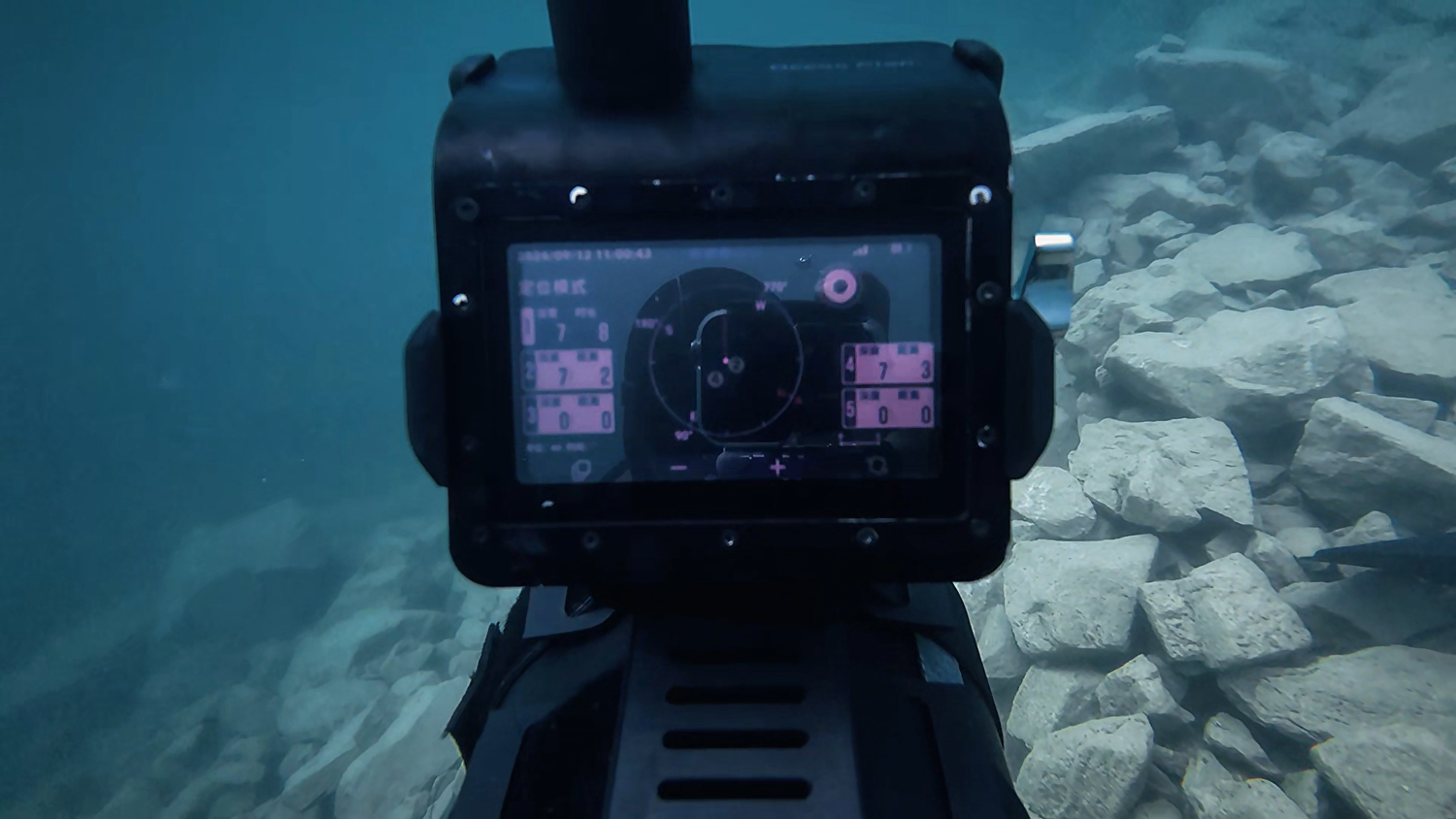
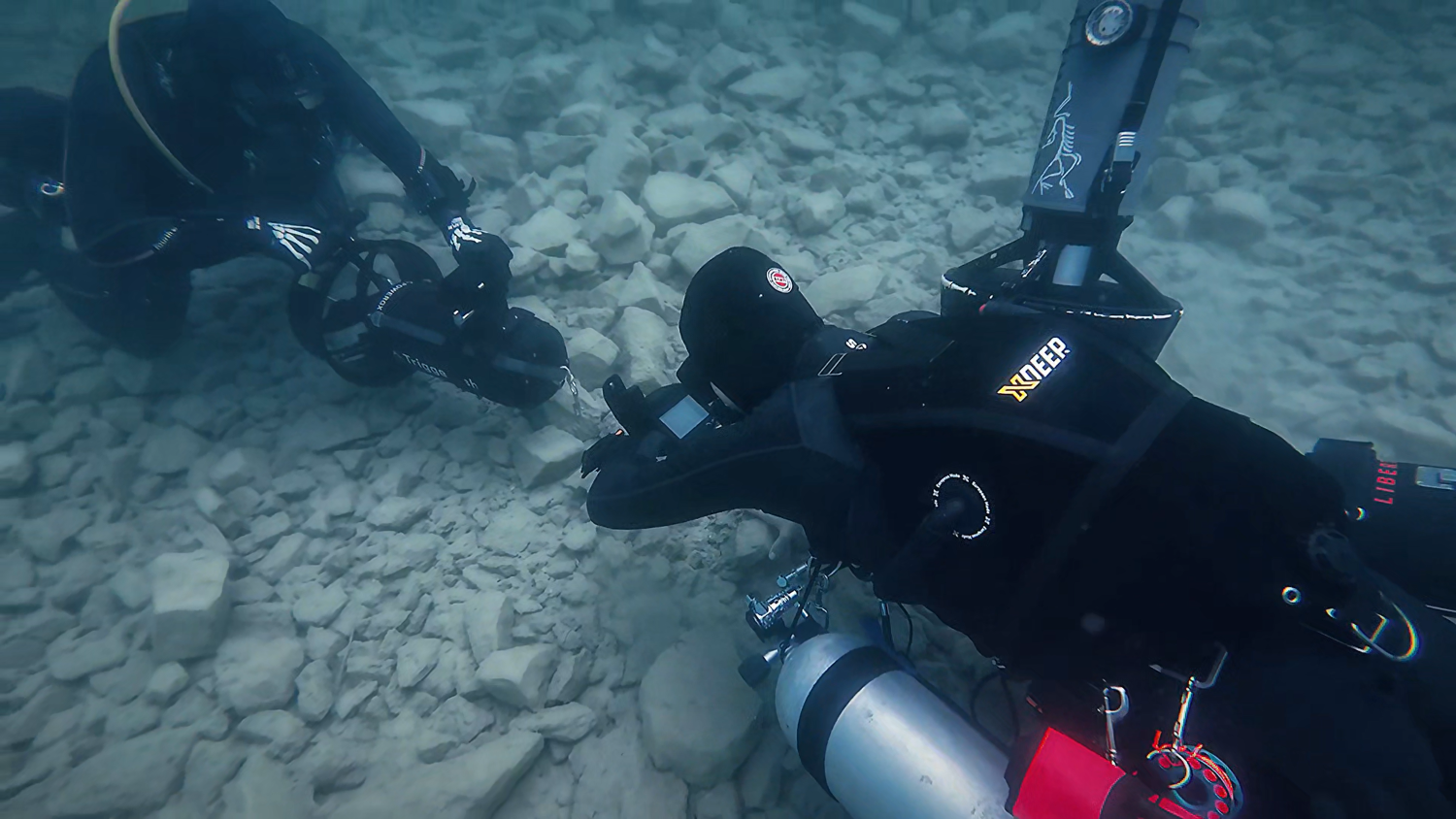
3). Cave Diving in Du'an Peach Blossom Jellyfish Cave, Guangxi
When in Du'an Peach Blossom Jellyfish Cave, Ocean Plan's UCNS demonstrated its capabilities in a challenging cave environment. The Navygator Pro provided real-time underwater positioning, 3D navigation, SOS alerts, and wireless communication between divers and surface personnel. Despite narrow spaces and obstacles like stalactites, the system performed flawlessly, ensuring the safety of all divers at depths of up to 72 meters. The success of this event further validated the UCNS's effectiveness in complex technical diving scenarios.
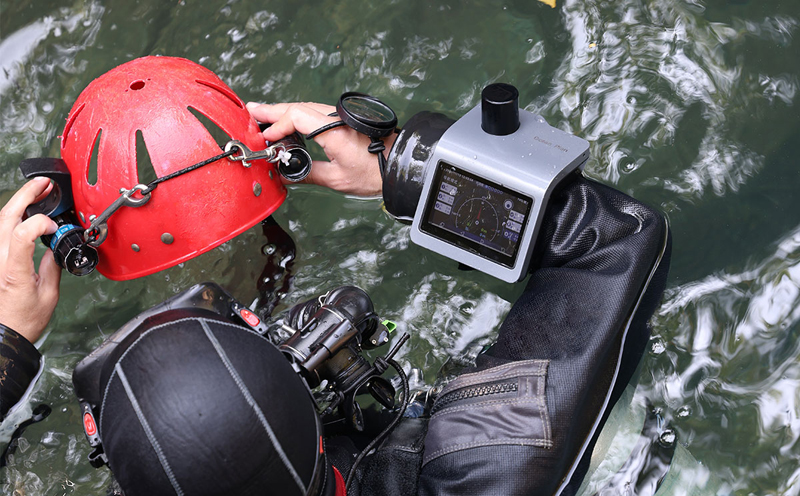
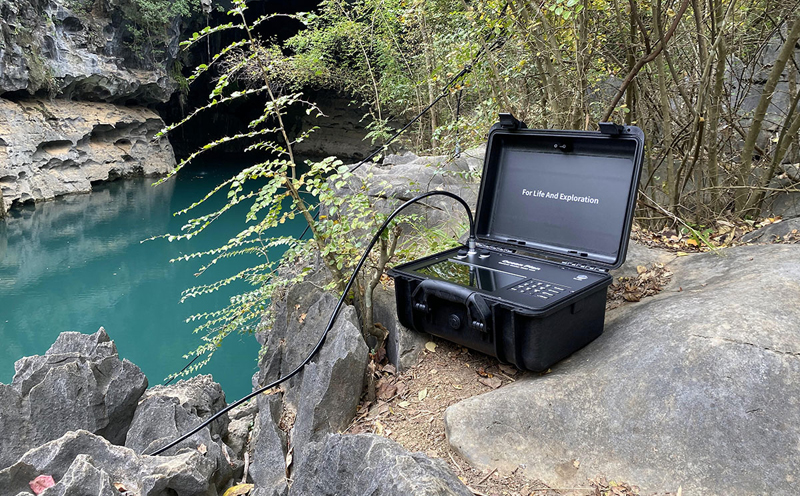
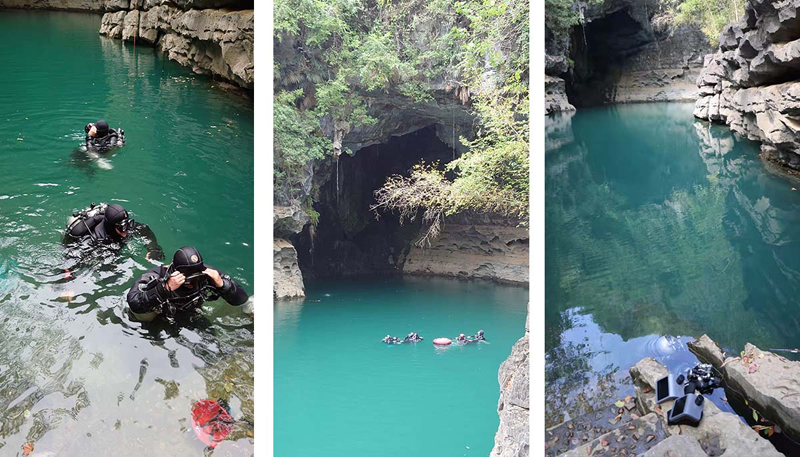
Enhanced Depth and Range Capabilities
As technical diving continues to push the limits of depth and duration, Ocean Plan plans to further extend the operational depth and range of the UCNS. The goal is to ensure reliable communication and navigation even at greater depths, where acoustic signals typically face challenges. Advanced signal processing and high-frequency acoustic technology will be integrated to enhance system performance in extreme conditions.
Integration with Diver Health Monitoring Systems
Future versions of the UCNS will incorporate advanced diver health monitoring features, such as real-time physiological data tracking. These sensors will help teams monitor divers' vital signs, fatigue levels, and physiological status during deep dives, ensuring prompt responses to any potential medical emergencies.
Smarter, Compact Systems
To accommodate the needs of divers in increasingly specialized operations, Ocean Plan is committed to developing even more compact and streamlined versions of the UCNS. The next-generation systems will be easier to deploy, lighter in weight, and more intuitive to operate, making them ideal for technical diving professionals engaged in long-duration or high-risk missions.